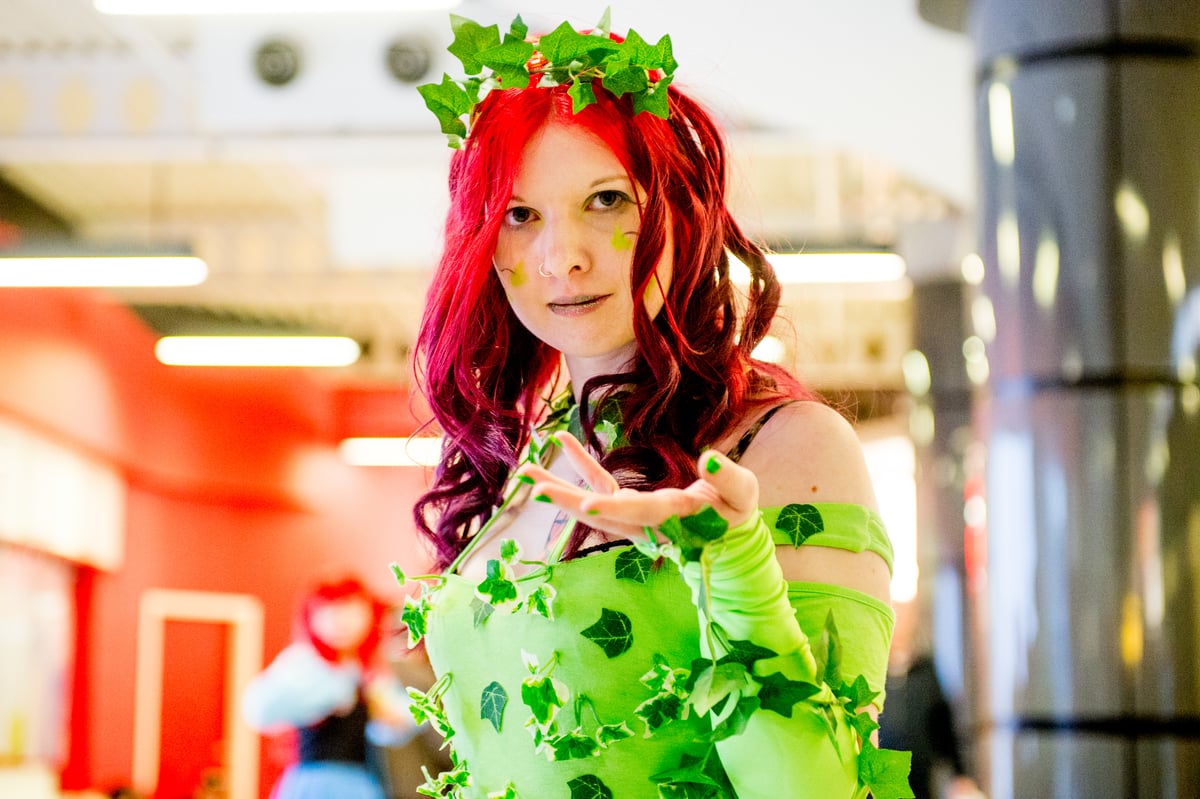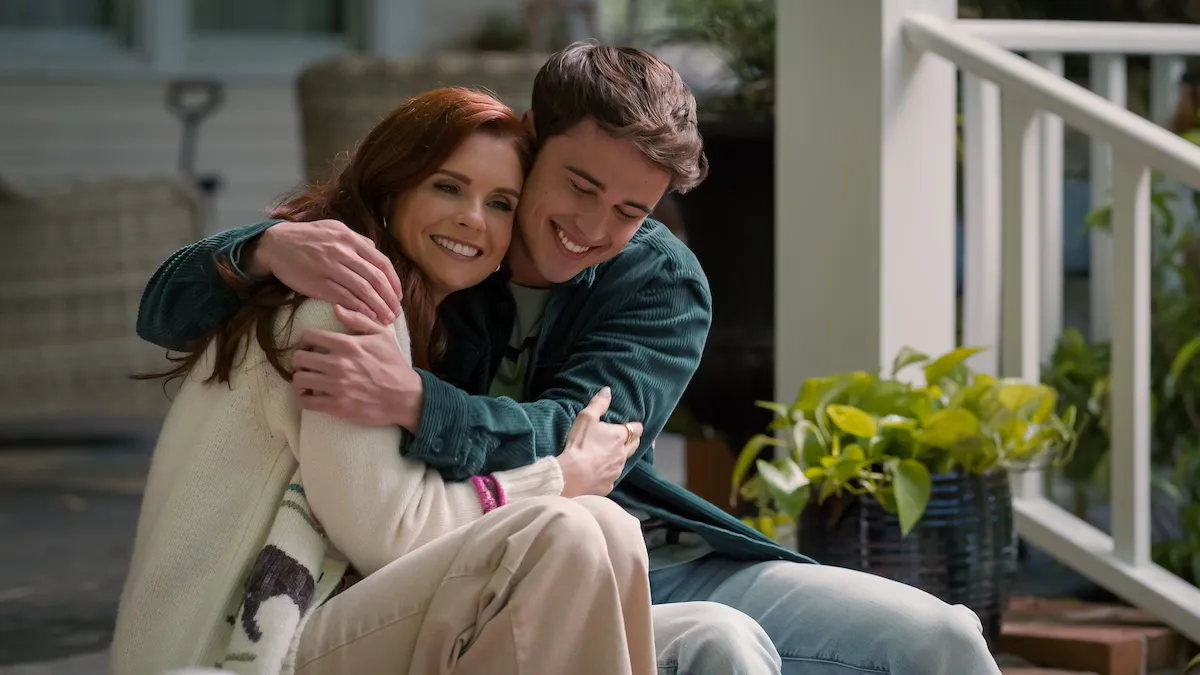DC’s Poison Ivy Was Likely Inspired by ‘The Scarlet Letter’ Author Nathaniel Hawthorne, According to ‘Batman: The Complete History’
DC and Batman heroes and villains pull inspiration from all over. DC Comics has Wonder Woman, who draws inspiration from the Greek gods, and Superman, who took his famous ‘Up, up, and away’ phrase from radio. And Batman villain Poison Ivy may have taken inspiration from classic literature, namely The Scarlet Letter author Nathaniel Hawthorne, according to Batman: The Complete History. While Poison Ivy has branched out (no pun intended) to adventure with Harley Quinn and more, her origin could come from the 19th century.

What Nathaniel Hawthorne story did Batman villain Poison Ivy likely draw inspiration from?
Poison Ivy has only ever appeared in one live-action Batman film, played by Uma Thurman. While she fought the divisive George Clooney Batman, she has remained a popular comic character.
According to Batman: The Complete History by Les Daniels, DC Comics may have based Pamela Isley, aka Poison Ivy, on Hawthorne’s short story Rappaccini’s Daughter.
“Poison Ivy, whose plants turned her toxic, may have been inspired by Nathaniel Hawthorne’s nineteenth-century story Rappaccini’s Daughter,” Batman: The Complete History page 96 read.
The short story follows Giacomo Rappaccin, a researcher who grows poisonous plants, just like the Gotham City villain. However, his daughter Beatrice starts caring for the toxic plants and eventually becomes immune. She develops a poison touch, which can prove fatal to anyone who comes in contact with her.
The similarities between the Hawthorne story and Batman’s Poison Ivy seem strong. A 1936 stage adaptation of the short was even titled “The Poisoned Kiss.”
However, they have even more similarities.
The Nathaniel Hawthorne story even included a possible antidote, which Poison Ivy has used on Harley Quinn in DC Comics
While Arkham Asylum has done a lousy job at curing patients like the Joker, Harley Quinn, or the Riddler, Poison Ivy has toyed with an antidote for her own toxin.
In the Hawthorne story, Professor Baglioni, a rival of Dr. Rappaccin, tries to create an antidote for Beatrice. However, it does not work.
It does make for another parallel to the DC Comics villain, though. Both Nathaniel Hawthorne’s story and Poison Ivy have examined creating something to nullify the toxins.
Poison Ivy has created an antidote for her toxin, which she gave to Harley Quinn and a few others over the years. Unlike the mixture in the Hawthorne story, in DC Comics, the other person needs to take the antidote to become immune to Poison Ivy herself.
While some characters like Nightwing of the Teen Titans have questioned the effectiveness of Poison Ivy’s antidote, it usually works without issue.
However, Pamela Isley draws inspiration from more than just the world of literature.
Batman villain creators Robert Kanigher and Sheldon Moldoff modeled her after model Bettie Page
While Batman villain Poison Ivy likely owes her theme to Nathaniel Hawthorne, she takes her appearance from model Bettie Page.
Poison Ivy creators writer Robert Kanigher and artist Sheldon Moldoff based her appearance on the pin-up model, down to the signature haircut and bangs.
DC even referenced this connection when they launched their DC Comics Bombshells line of figures in 2011. They modeled Poison Ivy’s look on Bettie Page’s pin-up appearances.
As Robert Pattinson takes up cape and cowl in The Batman, fans hope a new live-action Poison Ivy could reach theaters again someday soon.


